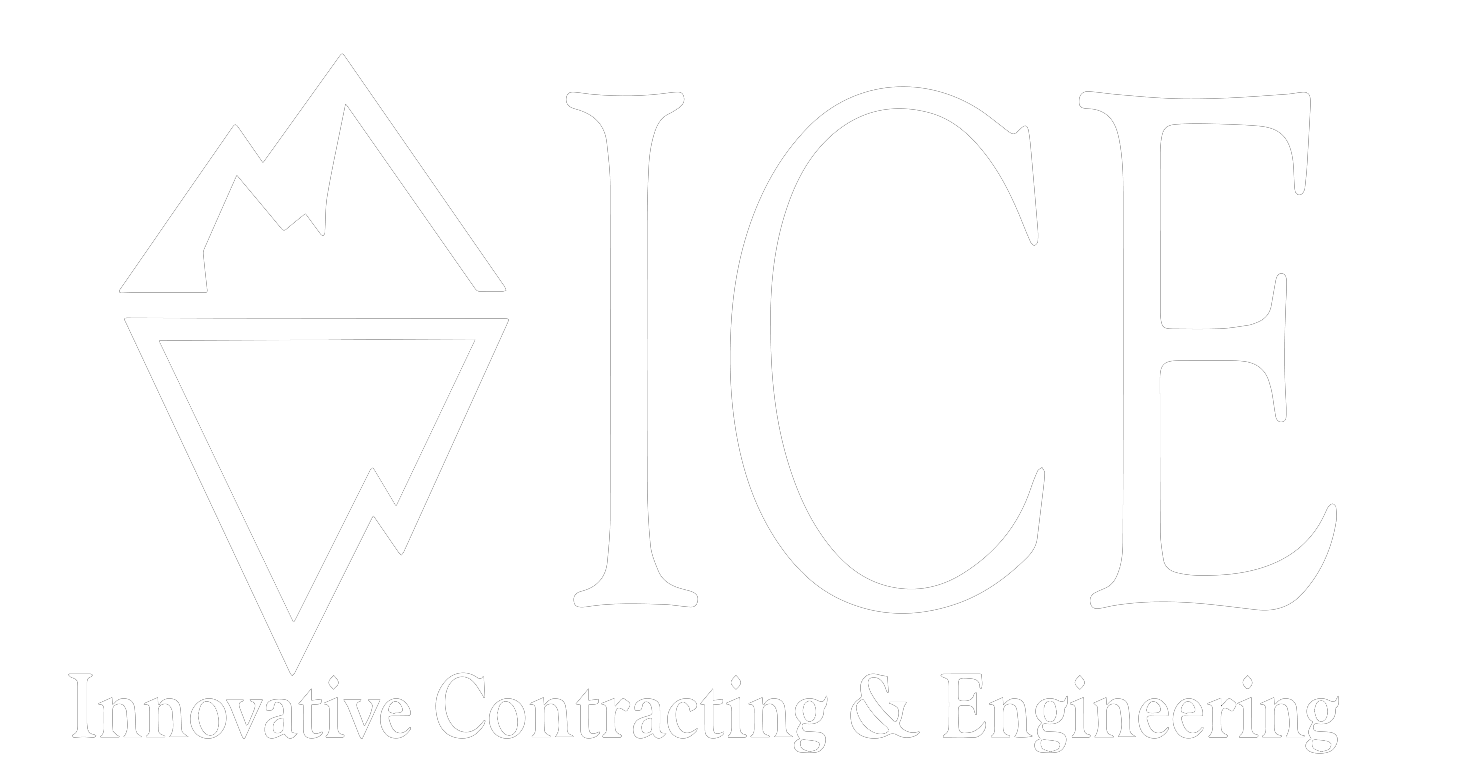Risk Management Best Practices
Risk management practices come in many varieties depending on the size and complexity of the project and depending on who is responsible for managing the risk register. Over the past 12 years, we have developed and evolved many best practices related to risk management. The following is a bullet point list of techniques we employ to make managing construction risk a lot more effective and significantly more efficient.
Compile the initial risk register before the initial risk workshop. This can be done through email correspondence prior to the initial risk workshop. Then when we meet at the initial risk workshop, we jump right into the heart of the meeting.
Do not leave the initial risk workshop without identifying Champions and defining Mitigation Strategies for each risk item. One of the biggest values of the risk management process is focusing (and empowering) Risk Champions to mitigate risks early in the preconstruction phase.
Risk Register Updates – Between risk workshops the risk register should be updated monthly. Again, email correspondence with the Risk Champions is a good tool for these updates. This process holds the Champions accountable and it reminds them to stay focused on the costly risk items we identified as a team.
Probabilities and cost/time impacts should be recommended by the contractor and verified by ICE and Owner.
Time impacts will only be included if that specific risk item is on the critical path. If that item does not impact the critical path, days are not recorded on the risk register.
Mitigation Strategies – Keep a list of mitigation strategies investigated on the project, even if those strategies are not the final risk resolution. It’s good to have a record of all strategies.
The trigger to engage risk register should describe the event(s) that lead to engagement of the risk resolution. It is important that these are detailed. Both the Contractor and the Owner need to agree on the triggers.
The Resolution Description should be a detailed description of how the risk item will be mitigated in the field. In most states we have worked in, the risk register becomes part of the contract (by reference in the specifications) and should therefore detail exactly what mitigation measures will be implemented. Again, the Owner and Contractor need to agree on the Risk Resolutions.
The Risk Reserve budget amount on a “working day” schedule project should consider time related overhead (TRO) costs. The ICE and Owner review Contractor TRO costs for this specific project and add those costs (multiplied by the number of time impact days) to the Risk Reserve. On a “calendar day” schedule project the TRO would only be included if a change order is negotiated for the delay (not tracked in the risk register).
Finally, it is a best practice for the ICE, Owner, or a 3rd party Risk Management consultant to manage the risk register. One of the advantages of CMGC verses Design Build is CMGC puts the control of project risk in the Owner’s hands. The last thing the Owner should do is hand that back to the contractor.
Please contact Dan Bender (702) 523-2354 if you have questions about risk management best practices.
Past Newsletters:
Comite River Diversion LADOTD/USACE
ICE Teams has been working closely with the USA Corp of Engineers and LADOTD, to construct three new 5-span highway structures along with a railroad bridge will relieve thousands of residents from potential flood threats that have been exacerbated by the flood of 2016. The new railroad bridge will remain in the same alignment. The construction of a shoofly will enable the building of the new 5-span steel structure. Saturated ground conditions require surcharge and wick drains to remediate ground settlement and stabilize the new bridge abutments. The new bridges will be built at grade and then excavated beneath to simplify bridge construction and help expedite the already compressed construction schedule. The 3 roadway bridges are going to experience the same constructability issues with the new 300’ wide river diversion and will be forced to work within the USACE Specs, AREMA specs, and DOTD specs. ICE Teams has been working closely with Boh Brothers, Huval & Assoc., and LADOTD to expedite the new bridge construction and minimize construction risk using the CMAR delivery method. ICE Teams is providing independent cost estimating, construction scheduling, risk management and constructability reviews on this project.
Alternative Delivery Consulting Services (PDB, CMGC, CMAR, DB, P3)
Independent Cost Estimating (Production-Based Cost Estimating)
Critical Path Scheduling Using Primavera P6
Constructability Reviews
Risk Management/Mitigation
Innovation in Construction Techniques
Negotiation
Change Order Reviews
Training
We love what we do! We have a passion for finding creative approaches to construction. We are constantly looking for innovative construction techniques to add value to the projects we are working on. Our team has found a way to reduce schedule and/or construction costs on every project we have worked on to date!
Innovative Contracting & Engineering (ICE) is a team comprised of former contractors and professional engineers who have a thorough understanding of market fluctuations, pricing trends, construction strategies, and innovations. Our experience working on alternative delivery projects across the United States has provided our team with a tool bag full of industry best practices. Construction cost estimating and scheduling is our primary focus. This focus is how we stay current on construction trends and price changes, and that helps us produce more accurate estimates than our competition. We have a passion for finding creative approaches to construction. We are constantly looking for innovative construction techniques to add value to the projects we are working on. Our team has found a way to reduce schedule and/or construction costs on every project we have worked on to date! ICE works closely with our clients to improve the quality of their most challenging projects.
How can we help you? Send us your questions, comments, and request.
Email, Call, or Text: Dan Bender, 702-523-2354, danbender@iceteams.com







